While municipalities like Berkeley have mandated an end to wood-burning fireplaces in new construction (and have sought to disallow hearth appliances utilizing natural gas as well), when fireplaces are installed in new developments, they are generally prefabricated.
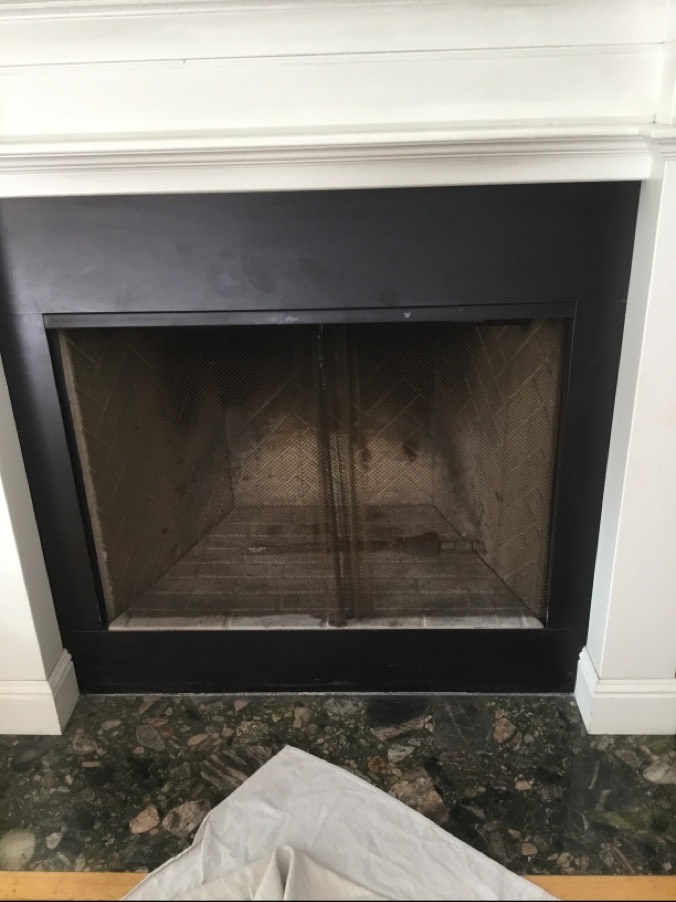
Although they come in many forms and are produced by many different manufacturers, prefabricated fireplaces consist of a factory-built system of metal chimney parts that fit within a wooden chimney enclosure called a chase. Frequently found in apartment complexes and condominiums, prefab systems designed with a low-cost and convenient installation in mind. Such units are primarily decorative in nature and are not designed to be used as a main heating appliance that sees heavy use. The factory-built fireplace is recognizable as a metal box with simulated brick refractory panels lining the area where combustion takes place.
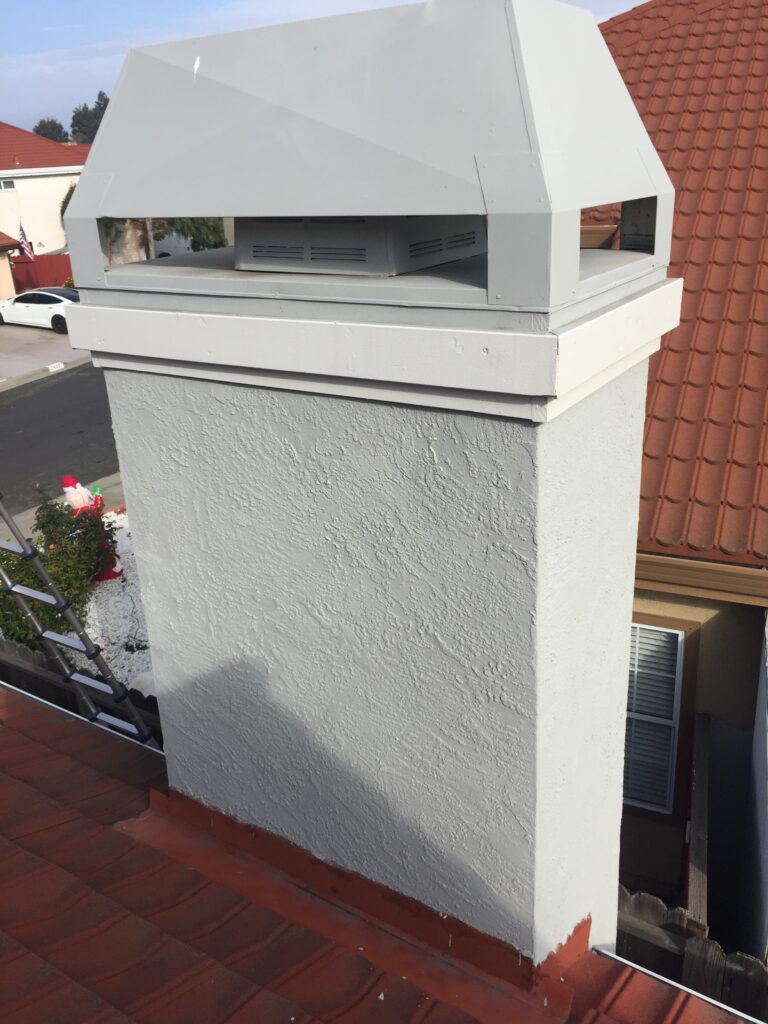
It is important to describe these systems because it is not uncommon for homeowners to assume that prefab units do not require a regular maintenance and inspection schedule. This could not be farther from the truth. Like any clothes dryer (or, indeed, like the very roof itself) factory-built systems have a life-expectancy and wear out over time. Although sometimes referred to as “zero-clearance” fireplaces, prefabs almost always require one or two inch clearance to combustibles and it is commonplace to find wooden chases without the necessary firestops at each floor. Even when found with such features intact, thousands of prefabs in this area that were built in the 1960’s and 1970’s are ripe for replacement.
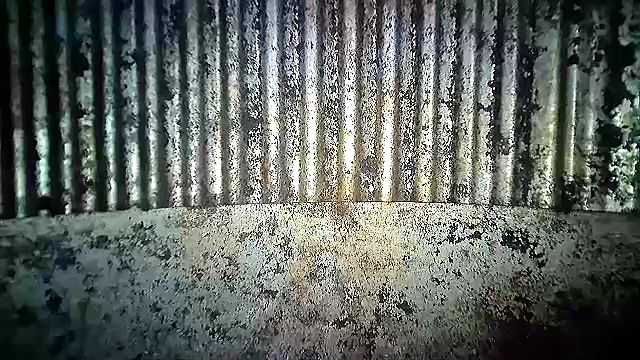
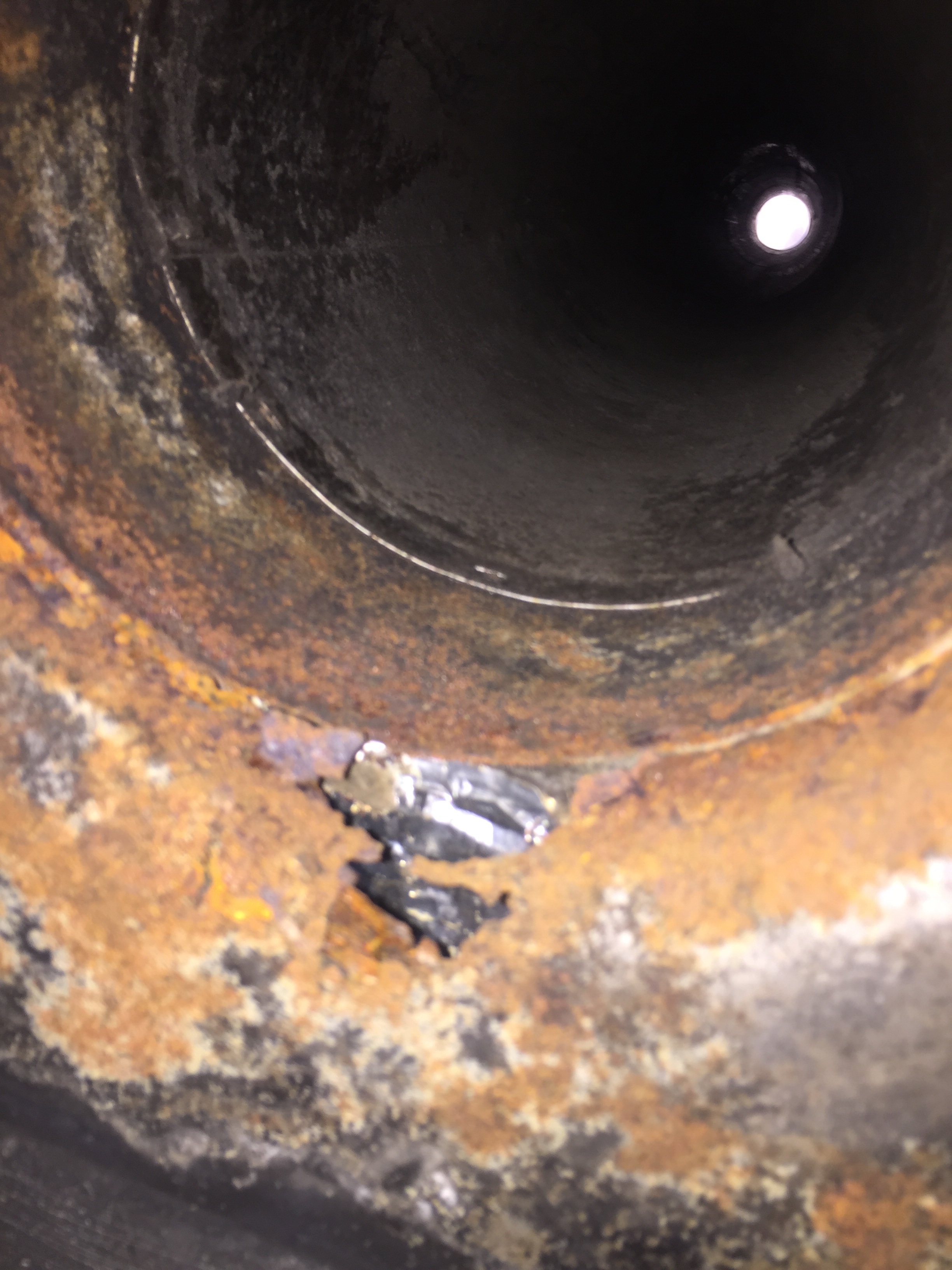
Many prefabricated (also known as factory-built) fireplaces are installed poorly to begin with—we recently discovered a total disconnection of chimney pipe at an apartment complex in Oakland—with builders under the gun frequently cutting corners or field crimping the pipe. This results in the flue not being “a uniform surface free of defects” per the National Fire Protection Association.
Lastly, the wood burned in a factory-built system creates the same flammable creosote that is removed from masonry systems. Landlords and property managers have a duty to their tenants to see that these systems are scanned in addition to being swept to see if the chimney sections are buckled, warped, disconnected, or otherwise unfit for use.
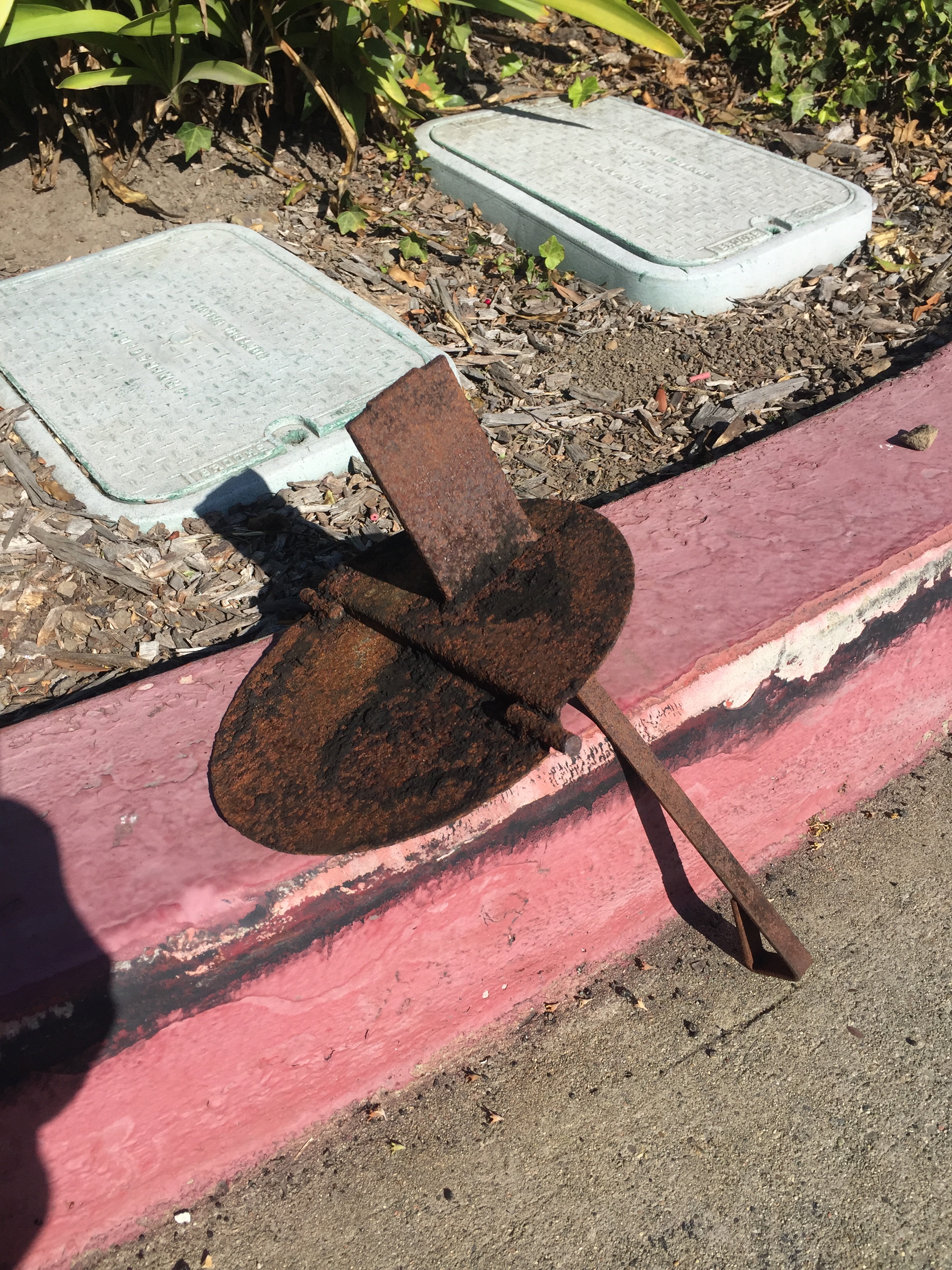
Factory built, or prefabricated fireplaces, are relative newcomers to the fireplace scene. Unlike traditional masonry fireplaces, most factory built fireplaces are metal, and come from the factory as complete units with a firebox, a specific chimney system, and all miscellaneous parts. With proper installation and maintenance, they can give years of service, but there are some special considerations:
- The factory-built fireplace and chimney are a complete system, engineered to work together. Both units (fireplace and chimney), undergo testing together, then are listed specifically for use with each other.
- The installation instructions must be followed exactly, especially the specified clearances from the firebox and chimney to any combustible materials. Most manufacturers require no less than 2″ of air space between the chimney components and all wood framing. Any wood that is too close to the chimney will undergo a process called pyrolysis and even catch fire at temperatures as low as 200 degrees. Most of the units inspected by chimney professionals are improperly installed, and a trip to the attic to check clearances is definitely time well spent! Inspecting the firebox clearances is more challenging.
- Most factory built fireplaces are tested and listed as decorative heating appliances and will not withstand excessively heavy use. Although they are tested to U.L. standards, severe over-firing and chimney fires will often badly damage these units. Regular yearly maintenance and careful monitoring can assure a safe enjoyable system.
- Many prefab chimneys, especially older units with an imitation brick housing above the roof, seem to be a preferred nesting site for birds. It is not unusual for chimney sweeps to remove buckets of nesting material from these chimneys. This nesting can catch fire or block critical air passageways between layers of metal chimney pipe, causing the chimney to overheat. Both scenarios routinely cause house fires. Most aftermarket chimney covers are insufficient and can often make the problem worse. A careful screening of all potential nesting areas with the proper sized screening may be in order.
- Finally, prefab fireplace systems eventually wear out. Models go out of production and manufacturers go out of business. Keep a close eye on an aging unit, and be prepared to send ole faithful to the great recycling plant in the sky before she fails completely.